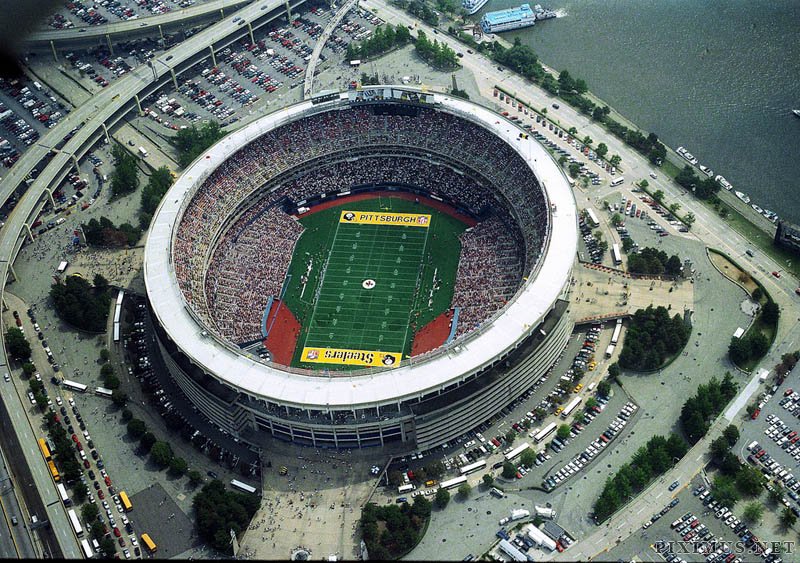Shot Types
What is a shot and What is cinematography?
Shot = A series of frames that runs for an uninterrupted length of time.
Cinematography = The art of photography and camerawork in film.
Types of Shots
Extreme Long Shot (XLS) - A wide view of a complete setting such as a cityscape. This can be used to convey the setting of a scene. Here is an example below.
Long Shot (LS) - Closer than XLS but still shows the complete scene. This can show the setting from a closer perspective. A
n example of this is in the film 'Skyfall', where James Bond (Daniel Craig) looks over London.
 Medium Long Shot (MLS) -
Medium Long Shot (MLS) - This shot gives great detail of about the setting. This gives great detail about setting. Here is an example
 Medium Shot (MS) -
Medium Shot (MS) - On a human body, it would start at the waist and include a little bit of space above the head. This could be used to show the character's body language and facial expressions. Here is an example from '
Titanic' where Jack & Rose famously stand on the deck
 Medium Close-Up (MCU) -
Medium Close-Up (MCU) - This shot focuses on the head and the shoulders. This is a typical frame for a newsreader and it allows the audience to focus entirely on the face. Here is a typical example of Fiona Bruce presenting
BBC News.
Close-Up (CU) - This shot shows details on the subject, for example, the subject might be a person's face. This would allow the character to convey their emotions. This is an example from a scene in Doctor Who featuring Peter Capaldi.

Camera Angle = The exact position in which a camera is placed to take a shot.

- Birds eye view = This is an view of a setting or a character from high above. This angle would often be used to convey the setting. Here is an example.
- High view = When a camera looks down on the subject from a high angle. This angle is similar to a Birds eye view but has a lower angle but it can still be used to convey setting. Here is an example.
 Neutral view = When a camera looks directly in front of it. Here is an example.
Neutral view = When a camera looks directly in front of it. Here is an example.
 Low view = When the camera is positioned below the eye and looking up. Here is an example.
Low view = When the camera is positioned below the eye and looking up. Here is an example.
 Worm's eye view = Where the camera is positioned as if it is a worm looking up. Here is an example.
Worm's eye view = Where the camera is positioned as if it is a worm looking up. Here is an example.










Comments
Post a Comment